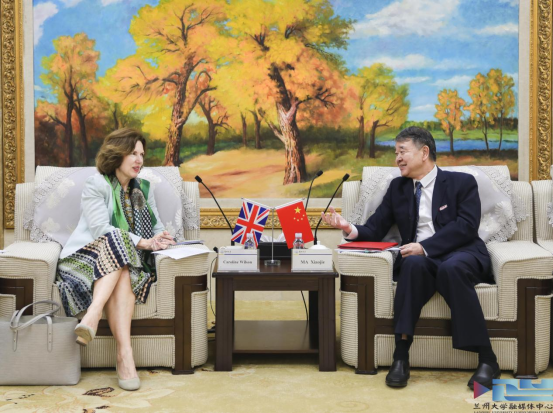Recently, ACS Applied Material & Interface published the study of Prof. Bai Yongxiao, from School of Physical Science and Technology, Lanzhou University, on the preparation of graphene and its application in bio-medicine technology -- Robust and antibacterial polymer/mechanically exfoliated graphene nanocomposite fibers for biomedical applications(ACS Applied Materials & Interfaces, 2018.1.10, 10: 3002-3010). Prof. Bai is the corresponding author; Mayu, his doctoral student is the first writer.
Committed to the preparation of graphene and its application, Prof. Bai’s research group has got a series of achievements as follows. In the field of composite materials, alkylated graphene oxide is rapidly prepared in aqueous phase through reverse extraction, and the composite of graphene and high density polyethylene (HDPE) is prepared by solution mixing. Due to the strong interaction between the alkylated graphene oxide and high density polyethylene (HDPE), the composite properties are greatly improved. This study was published in The Journal of Physical Chemistry C (J. Phys. Chem. C, 2017, 121 (39), 21685-21694) and in Composites Part A, 2018.2.20, 107: 479-488 – the top journal in the field of composites. Nanocomposite fibers are prepared by embedding highly oriented graphene oxide into polyvinyl alcohol matrix. The fibers are ultraviolet-resistant, antibacterial and have high strength. The work was published in Composites Part A (Applied Science and Manufacturing, 2017, 102, 297-304.). In recent years, Prof. Bai’s team has published its works in graphene in Composites Science and Technology,2014.6.16, 97: 6-11、Materials Letters, 2017.5.1, 194: 224-226, RSC Advances, 2017, 7(49): 31085-31092 and other influential SCI journals in related fields.
In the research of graphene supercapacitors, the research group etched graphene nanosheets with hydroxyl radicals (OH·) generated by UV / ozone solution. The resulted porous graphene oxide is directly used as electrode material for supercapacitors. The device has higher specific capacitance (when current density is 1 A g-1, it is 224 F g-1) and high volume specific capacity (up to 206 F cm-3). The work is published in Chemical Communications(Chem. Commun., 2017, 53, 13225-13228) -- one top journal of British Royal Society of Chemistry.
(Translated by Zhang Yuyuan; proofread by Sun Lianyue)




